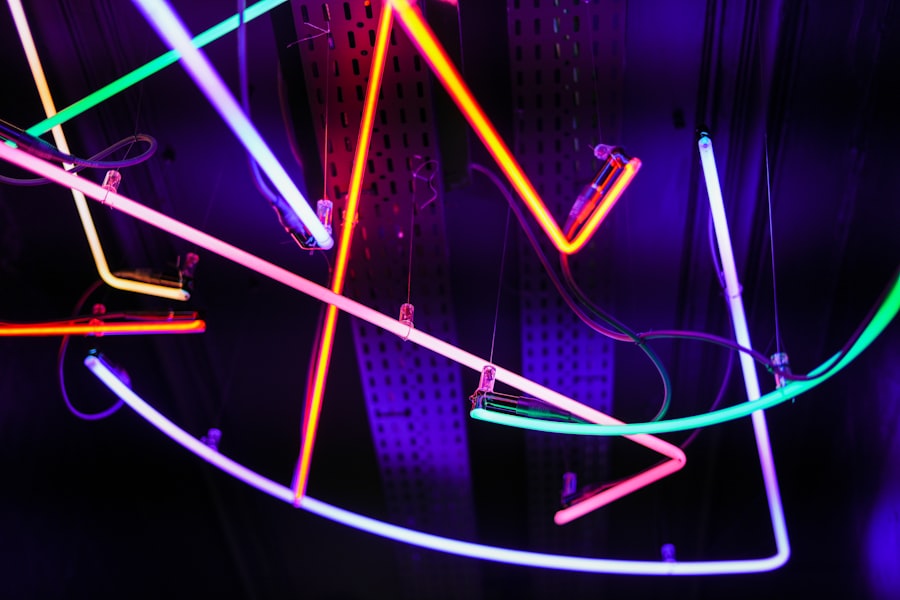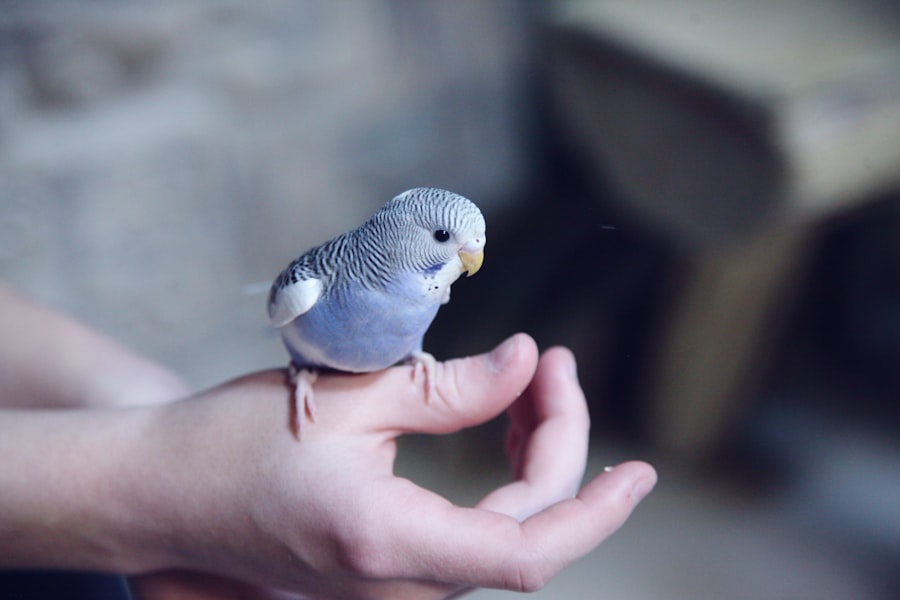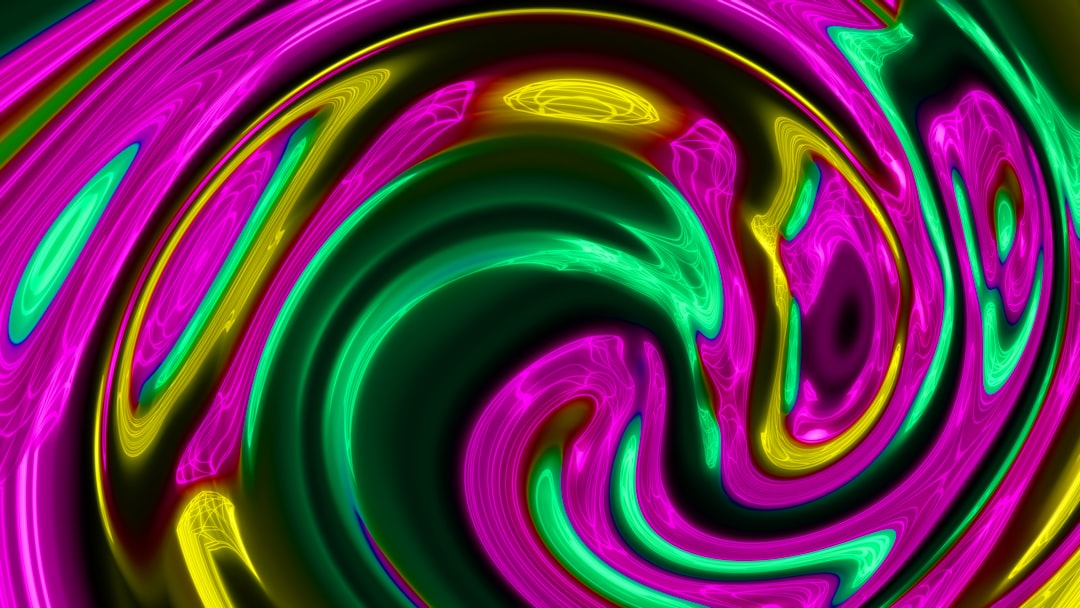As the leaves turn and the air grows crisp, we find ourselves drawn to the thrill of haunted houses, a beloved tradition that has evolved dramatically over the years. Gone are the days when a simple dark room with creaky floorboards and a few jump scares sufficed. Today, we are witnessing the rise of smart haunted houses, where technology and creativity intertwine to create immersive experiences that captivate our senses.
These modern attractions not only aim to frighten but also to engage and entertain, offering a unique blend of horror and innovation that appeals to a wide audience. In this new era of haunted attractions, we are not just passive observers; we become active participants in the narrative. Smart haunted houses leverage cutting-edge technology to enhance storytelling, allowing us to explore intricate plots and interact with characters in ways that were previously unimaginable.
As we step into these haunted realms, we are greeted by a fusion of art, engineering, and theatrical performance that transforms our understanding of what a haunted house can be. The excitement surrounding these attractions is palpable, as we eagerly anticipate the surprises that await us around every corner.
Key Takeaways
- Smart haunted houses combine traditional scares with modern technology for an immersive experience
- The technology behind smart haunted houses includes sensors, audio-visual effects, and automation
- Interactive experiences in smart haunted houses allow visitors to participate and influence the outcome
- Safety and security measures in smart haunted houses ensure a controlled and enjoyable experience for all
- Customization and personalization in smart haunted houses cater to individual preferences and fears
The Technology Behind Smart Haunted Houses
Immersive Interactions
Imagine walking through a dimly lit corridor where holographic apparitions flicker in and out of existence, or encountering a ghostly figure that seems to respond to our movements and emotions. This level of interactivity is made possible by sophisticated sensors and software that track our actions and adapt the experience accordingly.
Sound Design and Atmosphere
Moreover, sound design plays a crucial role in crafting the atmosphere within smart haunted houses. High-fidelity audio systems can create an immersive soundscape that transports us into a world filled with eerie whispers, distant screams, and unsettling ambient noises.
A Multi-Sensory Experience
Coupled with dynamic lighting systems that shift in response to our presence, these elements work in harmony to heighten our sense of fear and anticipation. As we navigate through these haunted spaces, we are enveloped in a multi-sensory experience that blurs the line between reality and fiction.
Interactive Experiences in Smart Haunted Houses

One of the most exciting aspects of smart haunted houses is the emphasis on interactivity. Unlike traditional haunted houses where we merely walk through and observe, these modern attractions invite us to engage with the environment and its inhabitants. We may find ourselves solving puzzles, making choices that influence the storyline, or even interacting with actors who are equipped with technology that allows them to respond to our actions in real-time.
This level of engagement transforms our visit into a personalized adventure, making each experience unique. As we delve deeper into these interactive experiences, we discover that they often incorporate gamification elements. We might be tasked with completing challenges or collecting items that unlock new areas or storylines.
This not only adds an element of fun but also encourages us to explore every nook and cranny of the haunted house. The thrill of discovery becomes intertwined with the fear of the unknown, creating a captivating blend that keeps us on our toes. In this way, smart haunted houses redefine what it means to be scared, turning fear into an exhilarating game.
Safety and Security in Smart Haunted Houses
| Metrics | Data |
|---|---|
| Number of security cameras installed | 10 |
| Number of motion sensors | 15 |
| Response time of security system | Under 1 minute |
| Number of emergency exits | 4 |
| Incident reports in the past year | 0 |
While the primary goal of smart haunted houses is to entertain and frighten us, safety remains a paramount concern for both operators and visitors. With the integration of advanced technology comes the responsibility to ensure that all experiences are safe and secure. Many smart haunted houses employ state-of-the-art monitoring systems that track visitor movements and detect potential hazards in real-time.
This proactive approach allows staff to respond quickly to any issues that may arise, ensuring a safe environment for everyone involved. Additionally, clear communication is essential in maintaining safety within these attractions. We often encounter safety briefings before entering, where staff outline emergency procedures and provide guidelines for navigating the space.
This transparency helps us feel more at ease as we embark on our journey through the haunted house. Furthermore, many smart haunted houses have implemented contactless ticketing and entry systems, reducing physical interactions and enhancing overall safety during our visit.
Customization and Personalization in Smart Haunted Houses
One of the most remarkable features of smart haunted houses is their ability to offer customization and personalization tailored to our preferences. Through the use of data collection and analysis, operators can create experiences that resonate with individual visitors. For instance, upon entering the attraction, we might be asked a series of questions about our favorite horror themes or preferred levels of intensity.
This information can then be used to tailor our experience, ensuring that we encounter elements that align with our interests. Moreover, some smart haunted houses allow us to choose our own paths through the narrative, leading to different outcomes based on our decisions. This level of personalization not only enhances our engagement but also encourages repeat visits, as we can explore new storylines and experiences each time we return.
The ability to shape our own adventure adds an exciting layer of depth to the traditional haunted house format, making it feel more like an interactive storybook where we are the protagonists.
The Future of Smart Haunted Houses

Immersive Experiences with Virtual Reality
Innovations such as virtual reality (VR) could take immersion to new heights, allowing us to step into entirely different worlds where we can confront our deepest fears in a controlled environment. The potential for hyper-realistic simulations could redefine how we experience horror, pushing the boundaries of what is possible within these attractions.
Autonomous Entities and Personalized Experiences
Furthermore, as artificial intelligence becomes more sophisticated, we may see characters within smart haunted houses evolve into fully autonomous entities capable of adapting their behavior based on our reactions. This could lead to even more personalized experiences where no two visits are ever alike.
The Role of Social Media in Shaping Future Attractions
The integration of social media could also play a role in shaping future attractions, allowing us to share our experiences in real-time and influence the design of future events based on collective feedback.
Tips for Creating Your Own Smart Haunted House
For those of us inspired by the allure of smart haunted houses and eager to create our own spooky experiences at home or within our communities, there are several key tips to consider. First and foremost, investing in technology is essential; this could include motion sensors, sound systems, and lighting effects that can be programmed to respond dynamically as guests move through the space. By incorporating these elements thoughtfully, we can craft an atmosphere that feels both immersive and engaging.
Next, storytelling should be at the forefront of our design process.
Creating a compelling narrative with well-defined characters can enhance the overall experience significantly.
Additionally, incorporating interactive elements such as puzzles or decision-making scenarios will encourage guests to engage more deeply with the story. Lastly, safety must never be overlooked. We should ensure clear pathways, adequate lighting in critical areas, and emergency exits are easily accessible.
By prioritizing safety while still delivering thrills and chills, we can create an unforgettable experience for all who dare to enter.
Embracing the Future of Haunted Attractions
As we reflect on the evolution of haunted houses into smart attractions filled with technology-driven experiences, it becomes clear that this transformation is just beginning. The fusion of creativity and innovation has opened up new avenues for storytelling and engagement that were once unimaginable. As we embrace this future, we find ourselves not only as spectators but as active participants in narratives designed to thrill and terrify.
The journey into smart haunted houses invites us to explore our fears while celebrating human ingenuity. With each new technological advancement, we are reminded that fear can be both exhilarating and entertaining when crafted thoughtfully. As we look ahead, let us continue to support this evolution in haunted attractions—after all, who doesn’t love a good scare?
If you’re interested in exploring more haunted house attractions, check out this article on the top haunted house attractions in Germany. It provides a list of some of the scariest and most thrilling haunted houses in the country, perfect for those looking for a spooky adventure.
FAQs
What is a Smart Haunted House?
A Smart Haunted House is a haunted house that incorporates smart technology such as sensors, lights, sound effects, and interactive elements to create a more immersive and interactive experience for visitors.
How does a Smart Haunted House work?
A Smart Haunted House uses a combination of sensors, smart lighting, audio systems, and interactive props to create a more dynamic and responsive environment. These elements are often controlled by a central computer or smart home system to trigger scares and effects based on the movements and actions of visitors.
What are some examples of smart technology used in a Smart Haunted House?
Examples of smart technology used in a Smart Haunted House include motion sensors, smart lighting systems, audio speakers, animatronics, and interactive props that can be triggered by visitor interactions or programmed to create specific effects.
What are the benefits of a Smart Haunted House?
The benefits of a Smart Haunted House include a more immersive and interactive experience for visitors, the ability to create dynamic and responsive scares and effects, and the potential for customization and reusability of props and effects.
Are Smart Haunted Houses safe for visitors?
Smart Haunted Houses are designed to be safe for visitors, with all technology and props being carefully monitored and maintained to ensure the safety of guests. However, visitors should always follow the rules and guidelines provided by the attraction to ensure a safe and enjoyable experience.

No responses yet